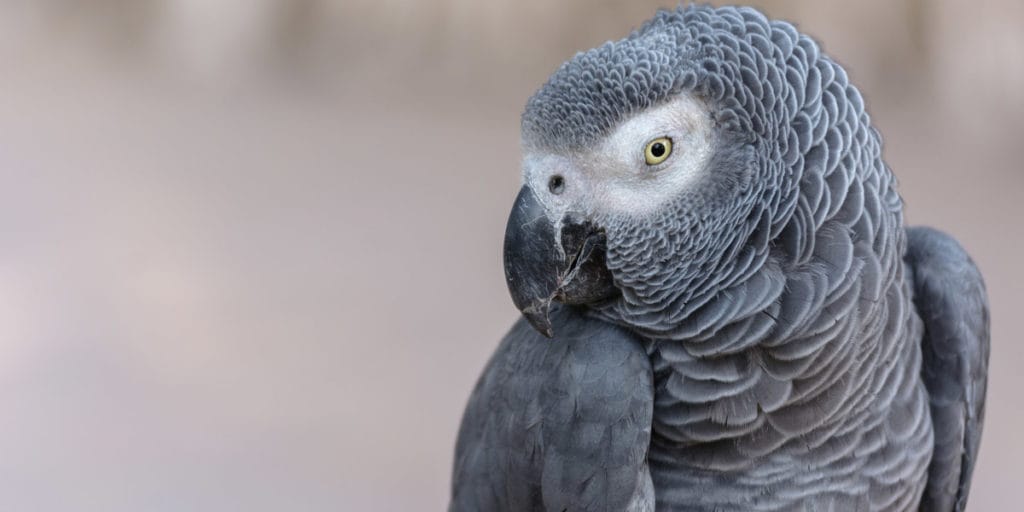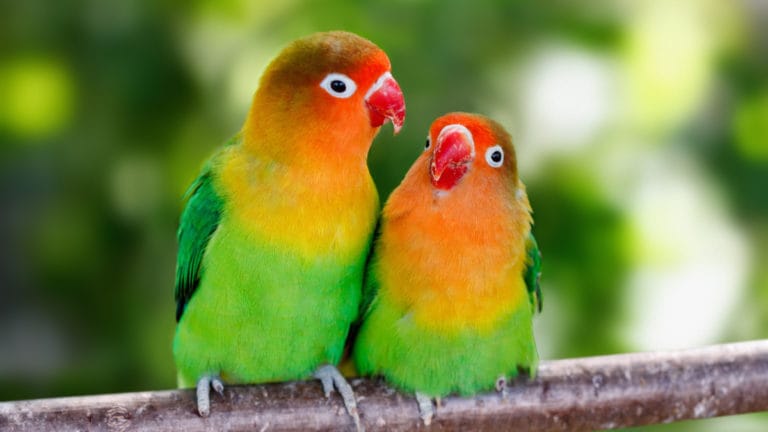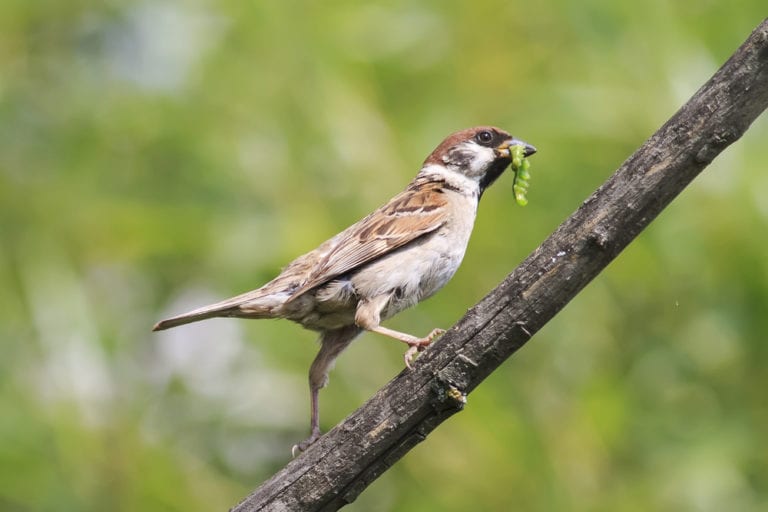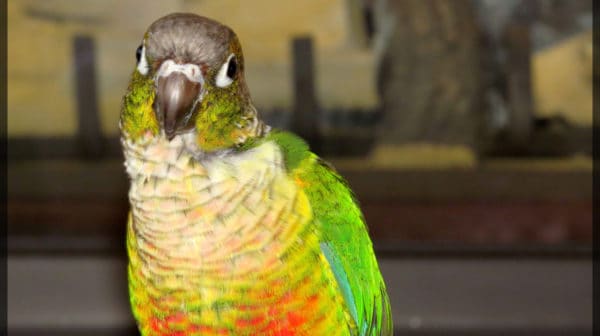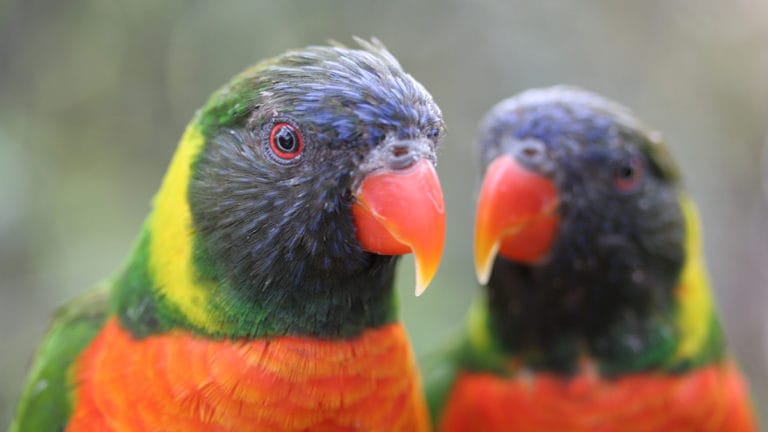In the genus Psittacus, there is only one species, which is erithacus, and there are two recognized subspecies. The first is the Congo African grey, Psittacus erithacus erithacus, the second is the Timneh African grey, Psittacus erithacus timneh. The grey parrot (Psittacus erithacus) is one of the most popular parrots in the United States, Europe and the Middle East.
Congo African Grey
The Congo African grey (Psittacus erithacus erithacus) is the nominate and more popular grey of the subspecies that we see in the pet trade. Perhaps it is due to the lure of its bright red tail. The Congo grey is the larger of the two subspecies. Other common names include: Ghana, Togo, Cameroon and Angola greys; however, they are all the same subspecies. The nominate Psittacus erithacus erithacus originates from different regions or countries of Africa. Regional origin accounts for variations in coloration and size.
The Congo African grey parrot has shades of grey covering the body. The feathers appear darker on the head and gradually lighten to a light silvery grey toward the chest and leg area. Darker feathers appear to have a white-scalloped edging, but if you look closely, many of the silver feathers have the same white tips. The wings are darker, and the primary coverts are a very dark grey to almost black. The eye area is void of feathers and is actually a bright white patch of skin. When you hear of a grey parrot “blushing” this describes that white patch of skin turning pink. The toe nails and beak are a solid black, and the most magnificent finale on the Congo grey parrot is its bright red tail.
Overall body length of a Congo grey is approximately 14 to 16 inches with a wingspan of 18 to 20 inches. Weight can vary from 350 to 650 grams, again depending on region of origin.
Timneh African Grey
The Timneh African Grey (Psittacus erithacus timneh) is the smaller of the two sub species of African grey parrots. Popularity for the tinier cousin of the Congo has grown over the past few years. The Timneh African grey originate from a smaller area in Africa that includes Liberia and the Ivory Coast region. Timneh greys are a noticeably deeper shade of grey then the Congo. The feathers on its head, back and upper chest are a darker grey, and a distinct “V” shape of dark feathers lay over a lighter shade of grey on the abdomen. White scalloping of head feathers are also more distinct on the Timneh. In certain lighting, its dark grey feathers have a bluish cast. The under tail-coverts are tinged with dark red or maroon, and the tail feathers are dark red to brown or maroon. The Timneh African grey’s beak is a pink-horn color with blackish sides on the maxilla, where as the mandible is black.
Overall body length of the Timneh is smaller in size compared to the Congo African grey; it ranges from 9 to 11 inches from beak to tail with an approximate wingspan of 13 to 15 inches. The Timneh’s weight can vary in from 250 to 375 grams.
Congo African Grey vs. Timneh African Grey
Both Congo and Timneh African greys have the intellectual capacity of a 5-year-old child and the emotional level of a perpetual 2 year old. Timneh African greys are known to have a more stable personality than their larger cousins, because they have a faster maturation rate. Congo’s can be just as stable with the right encouragement, commitment and nurturing. Sociability varies from bird to bird. Generally speaking, both subspecies are cautious birds. African greys have a tendency to sit back and observe the environment before becoming an active part of it.
Congo African grey’s and Timneh African grey’s appear to have the same talking ability, and gender does not appear to play a role in determining if they learn to talk. Timneh African greys can form simple sentences around 6 months of age, where as Congo African greys usually begin to talk sometime after they are a year old. Both can become masters at mimicking daily household sounds to the point where they often fool owners to false knocks on the door and phantom phone ringing.
Both the Congo and Timneh African greys make wonderful companions. From my first wild-caught, rehomed Timneh African nearly 20 years ago, to my special-abled incubated egg, Emma Lynn, what a long, grey’t trip it’s been.
Posted by: Chewy Editorial
Featured Image: Jean-Edouard Rozey/Shutterstock
Share:
